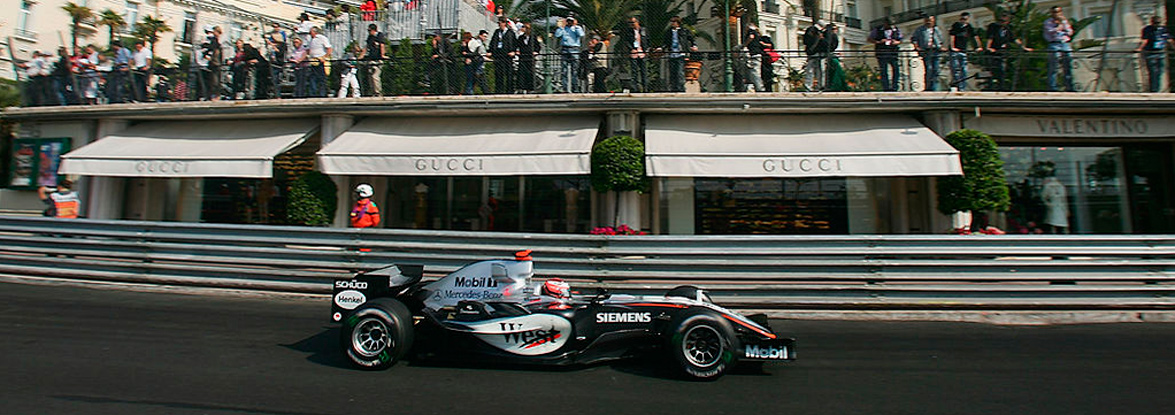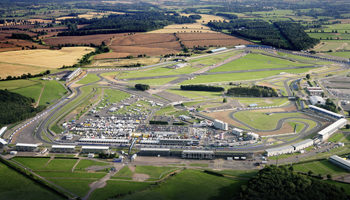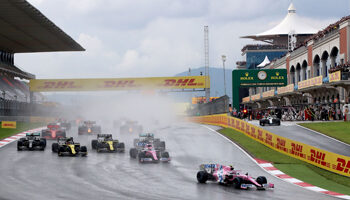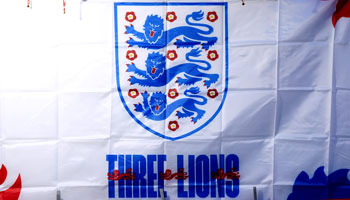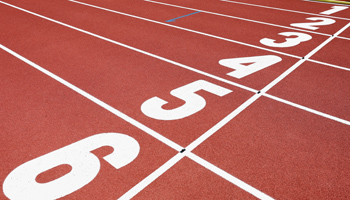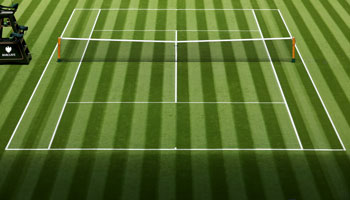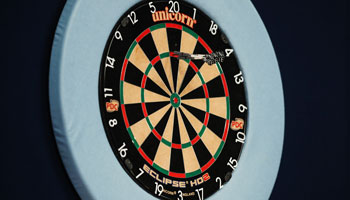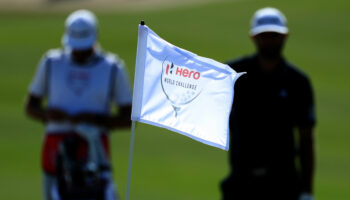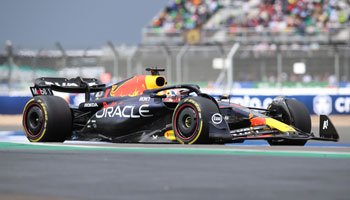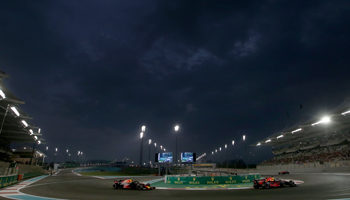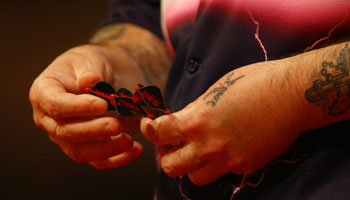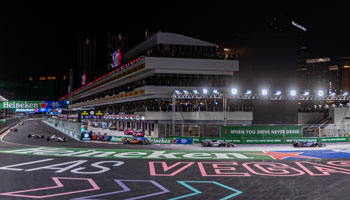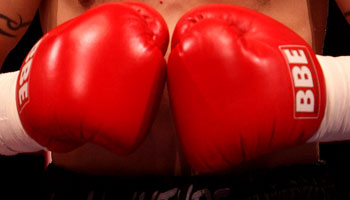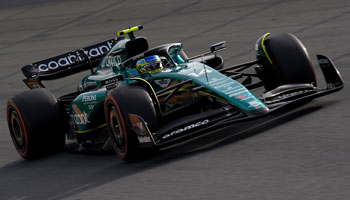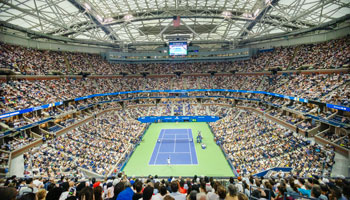For more information on other F1 topics, take a look at our pages about:
F1 qualifying rules
It’s not just the race that’s exciting, Formula One qualifying rounds form half the excitement before the big race, correct?
“Yes. You’ll hear some of the drivers say that qualifying is the most exciting part of their race weekend, because it’s when they can really stretch the car’s legs and see how fast it can go. It’s such an adrenaline rush for the drivers – and fans – because the car’s laps have to be perfect and they are going as fast as they can to try to get as high up the starting grid as possible. You will often see drivers on the edge in qualifying so mistakes can happen, especially at a narrow, twisty street circuit like Monaco.”
How does qualification in Formula One work exactly?
“In the first phase of qualifying – called Q1 – all the drivers have 18 minutes to go out on the track and set their fastest times. At the end of that period, the slowest six cars are eliminated, and the remaining 18 cars go through to the next phase.
“The times of the remaining cars are deleted and the same thing happens again in a 15-minute session called Q2. This part of qualifying is particularly interesting because all the cars have to start the race on the tyres that they set their best time on during this session. At the end of Q2, another six cars are eliminated and the fastest cars go through to the top 10 shoot-out.
“The drivers go head-to-head in another 12-minute session called Q3 – usually each car will try to set two fastest laps. The very fastest car claims pole position – which is the first place on the starting grid. The cars then line up on the grid in order of fastest qualifying times from 1-22.
“There are only 20 cars confirmed for the 2018 season, so we might see the numbers of cars eliminated in Q1 and Q2 reduced to five.”
What is the importance of a good F1 qualifying time?
“The faster you qualify, the higher up the grid you will start the race. This is really important at certain tracks – like Monaco or Albert Park in Australia – where overtaking during the race is more challenging.
“Qualifying is important even if you have the fastest car. You will have seen Mercedes rivals Lewis Hamilton and Nico Rosberg vying for pole position a lot over the last three seasons – and that’s because they both wanted to start the race in first position, then they can dictate the pace of the race and they also have the advantage of driving in clean air.”
F1 practice rules
How do F1 practice sessions differ to other racing practices?
“Under the rules, a driver can’t take part in a race without taking part in at least one practice session, so it’s pretty important they turn up for practice. Formula One is a unique sport because drivers can’t practice at home – they can’t just get in an F1 car and take it for a spin. In order to cut costs, testing in between the races is strictly limited.
“Practice sessions, as a result, are important for the drivers to find their rhythm. You will hear them talking about adjusting their set-up or finding the balance. This is all about them feeling comfortable in the car and then getting the most performance out of it during qualifying and races.
“The other main reason that practice sessions are important in F1 is because it allows the teams to try out any new bits and pieces they’ve designed at their factories and now want to test on the cars – essentially to see if the new part makes the car go faster. For example, you’ll see teams trying out new front wings during practice to see whether they help or not.
“It is also an opportunity for the drivers and the teams to understand the tyres and to see how they work on that circuit – especially as tyre supplier Pirelli brings different tyres to each Grand Prix.”
How long do the Formula One practice sessions last on average?
“There are three practice sessions over an F1 weekend. One on Friday morning – known as P1 – and one on Friday afternoon called P2. Both sessions last for 90 minutes, after which a final hour-long practice session – called P3 – takes place, just before the qualifying rounds on Saturday.”

Formula One betting
Formula One is among the most popular betting sports and bwin offers fans a number of betting options on the Championship and the individual Grand Prix races. Some betting possibilities:
* Drivers’ World Championship and Constructors’ World Championship
* Head-to-head bets: which team or driver out of two will do better in the race?
* Bets on the qualifying rounds
* Which driver will make up the most places in the first lap?
Betting rules
Just like Formula One and any other sport, betting has its rules, designed for maximum playing pleasure and fair play. Here you can see how we make betting on sports fun, fair and easy for everyone.


